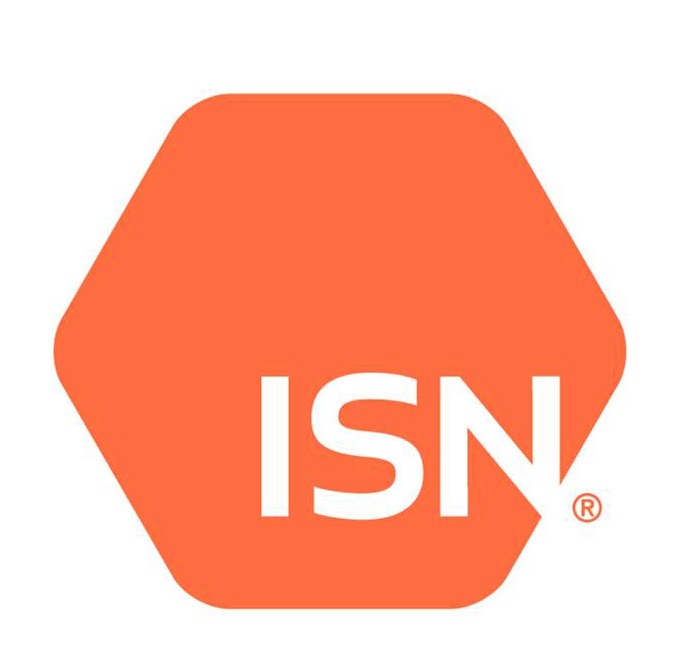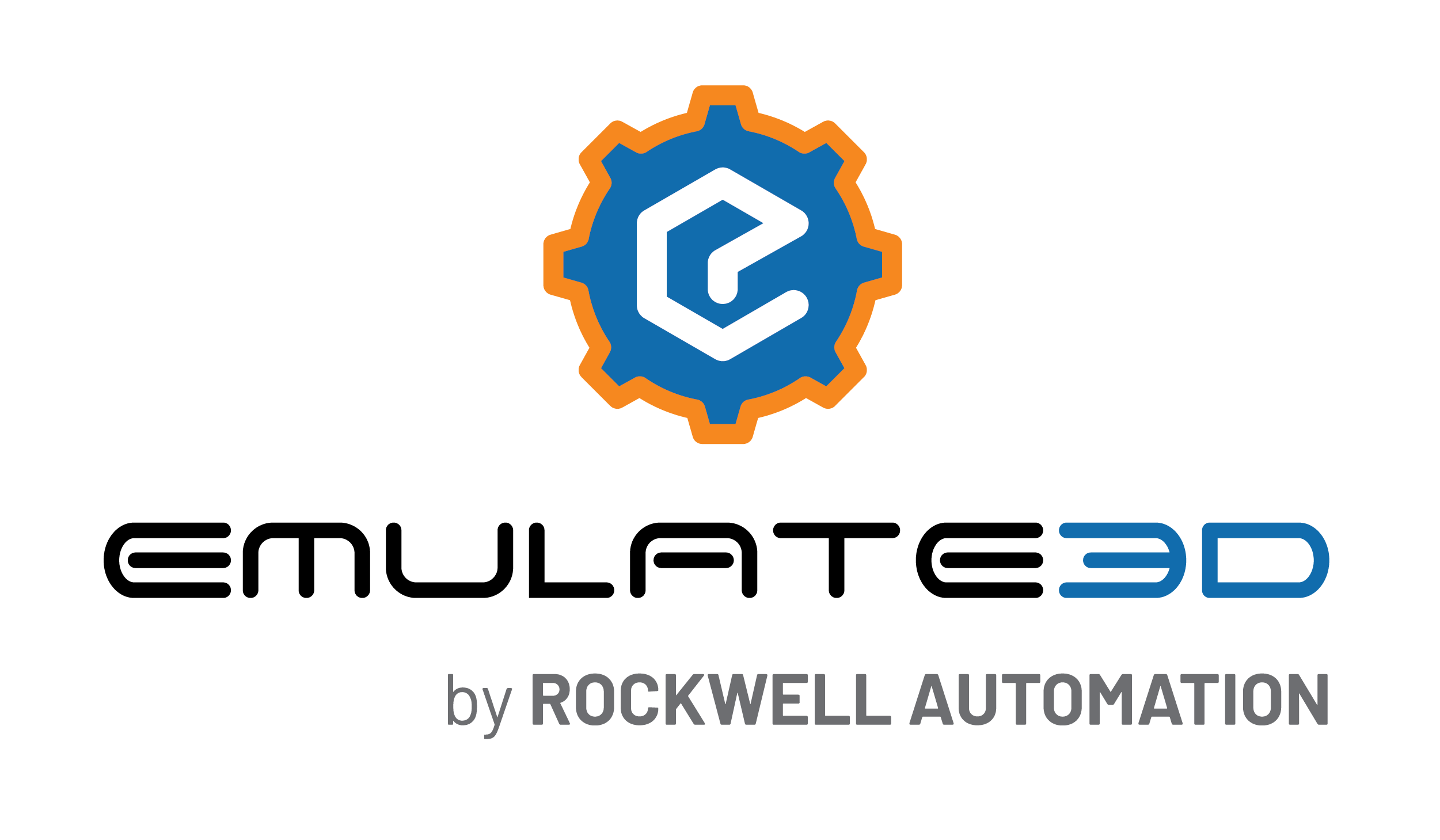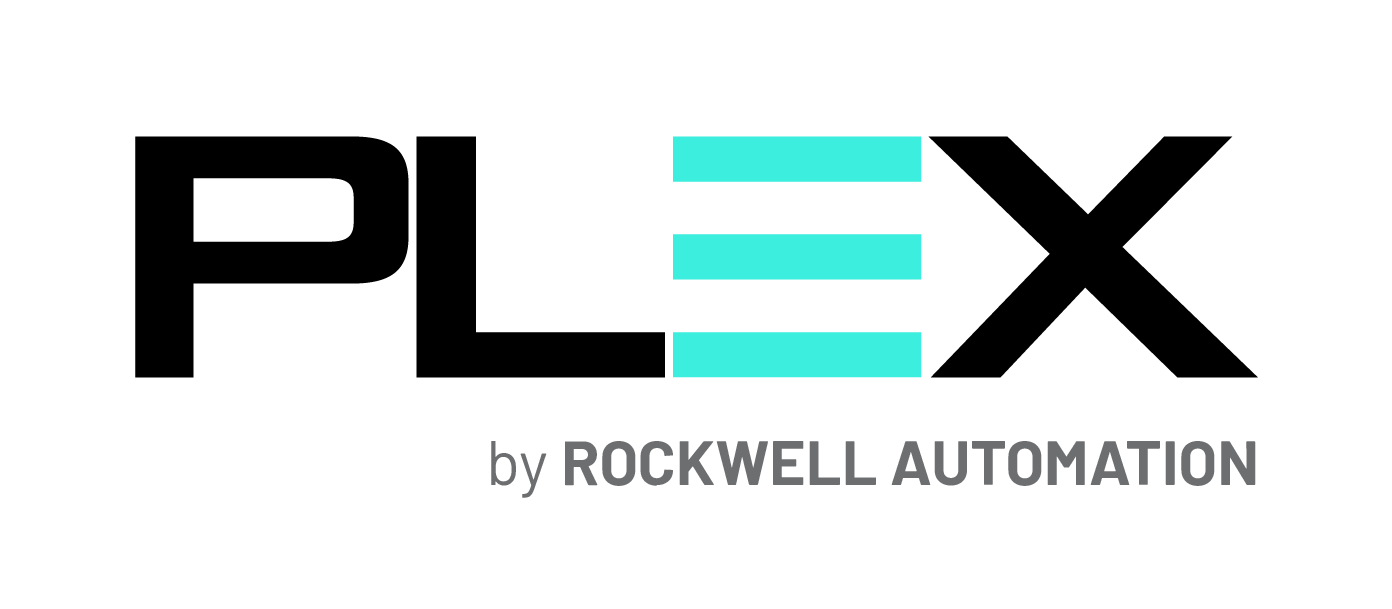As We Enter 2017 At RidgeTech Automation, “The Factories of the Future” Are Already Arriving
In manufacturing, the use of robots has rapidly become the new norm. You would think that an industry that uses robots so prevalently would embrace all new technology with open arms. Unfortunately, with some machines designed to survive the harshest of environments with minimal maintenance for decades, much of the manufacturing world has become comfortable using equipment, and control systems, that are sometimes 20 to 30 years old. When you combine that with a string of hard-hitting financial years in the manufacturing field you get a recipe for an industry that became very complacent with operating outdated systems. The last 12 months however, have been a refreshing change and we are now starting to see a shift in this complacent mentality. Even some of our most ardent “set it and forget it” clients are beginning to realize that to remain relevant in today’s competitive manufacturing environment they must upgrade their control systems or risk extinction. What has many of our clients surprised is the pace at which automation is evolving to keep up with today’s consumers demands. Consumers now want countless personalized options, same day delivery and high quality standards. Many in the manufacturing world need to get with the program, literally. Software and automation are quickly becoming the only options that are fast enough, dynamic enough and reliable enough to keep pace with the demands of today, let alone tomorrow.
The biggest challenges we are seeing at RidgeTech is the way manufacturing is evolving around managing the software and data. Manufacturers and their supply chains are no longer operating as separate entities. There is no more blindly moving materials from plant to plant based on historical order quantities that are hand scribbled notes from production supervisors who are guessing at what they have already produced, and at what they think they need to produce to fill their upcoming shipments. RidgeTech’s most successful clients are working in unison with their supply chain, carefully planning strategies that handle materials the least number of times to achieve an optimal outcome. These clients instantly know the status of new orders, instantly know the status of raw and finished materials and instantly know the status of their production processes. The “factories of the future” have real time, accurate information on everything from their warehousing and storage facilities all the way to their manufacturing equipment. They are capable of rapidly shifting production from one line to another line based on order requirements and machine availability, they are using predictive analytics to plan machine maintenance to avoid break downs. These requirements are demanding performance that traditional software and control systems often struggle to deliver. In our office, words like “ladder logic” and “rung” are being replaced with “Script” and “App.” Although traditional PLC languages still have a viable place in the manufacturing world, and will for the foreseeable future, the demand for faster and more powerful software is driving the need for new development tools.
Enter the new world of automation – Industry 4.0. The team at RidgeTech has recognized that Industry 4.0 and the Industrial Internet of Things (IIOT) aren’t just buzz words and that the industry for Control System Integrator’s (CSI’s) is going through a profound change. Without seeing this we would have run the risk of falling behind in many of the areas that the factories of the future, and more specifically the “Control Systems of the Future” require from CSI’s. Luckily for us (yes, we will openly admit there was luck involved) we were able to see and start adapting early to the new demands of industry and we have been thrilled with the results our teams have produced. To date we have successfully completed several projects involving Python, .net, Java, and HTML languages all running on server based platforms – much different than the typical control structures traditionally found in industrial settings. Our projects have ranged in scope from warehouse management and material flow to machine control and diagnostic tools. We have removed traditional operator screens containing single line cryptic alarm messages and replaced them with thin client touch screens with everything from HD videos showing new employees the proper machine operation, logging detailed information on the machine status and line side access to the mechanical and electrical drawings for the maintenance teams. We have installed plant monitoring systems to satisfy Health & Safety regulations that are demanding plant environments be monitored regularly for temperature, air quality and noise. We have updated operator stations formerly containing large steel palm buttons with bio-metric scanners to confirm that the operator running the machine has received the proper training to do so safely and efficiently. We have worked with our Food & Beverage clients to improve traceability throughout their entire plants. We have also bridged the gap between management and the factory floor. We are now providing our customers with real time, accurate data on just about every aspect of their facilities’ and equipment. Production and maintenance departments are now working off of the same information when developing their respective forecasts and are being forced to find other things to fight about. Suppliers are now receiving their customers’ production information in real time and can accurately plan their own production and delivery schedules in unison. Waste, inefficiencies and machine down time are all being tracked and reduced. As our clients start to realize the benefits of these advancements they are asking for more, a lot more.
The potential that exists with some of the new technologies that are coming online is astounding. Remaining at the forefront of industrial automation as a CSI is certainly not an easy task. We understand that as new technologies advance, so must our teams’ ability to be proficient with them. Our investment in training has never been higher and it will remain that way. This may be one of the most exciting times in history for both the automation industry and manufacturing as a whole. Next generation vision systems, artificial intelligence, collaborative robots, the list grows every day. As CSI’s it is our job to ensure that we are familiar with the latest technologies and that we understand our clients’ operations well enough to know which ones will benefit them the most. We have always felt an enormous responsibility when helping our clients develop their automation strategies and we know that obligation will only increase as we continue to design the factories of the future.





















